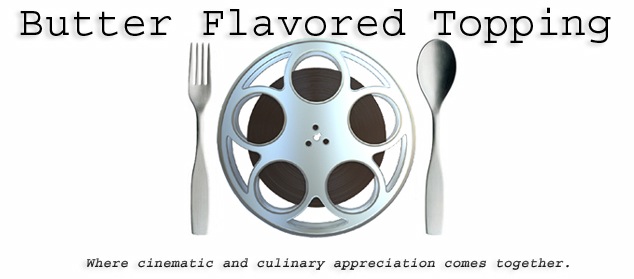 All war pictures invariably ask at some point if the mission -- and by extension, the war -- is worth it. John Frankenheimer’s 1964 film The Train asks this question in a simple, yet provocative way. In the film, a French rail station manager played by the outrageously swarthy American Burt Lancaster tries to stop a train carrying priceless works of French art from Paris into Germany.
All war pictures invariably ask at some point if the mission -- and by extension, the war -- is worth it. John Frankenheimer’s 1964 film The Train asks this question in a simple, yet provocative way. In the film, a French rail station manager played by the outrageously swarthy American Burt Lancaster tries to stop a train carrying priceless works of French art from Paris into Germany.
It’s a terrific conceit that leaves aside the standard cliches of war adventures. There is no bond of brotherhood between soldiers here, or subplots involving broken loyalties, or the glory of battle. There are paintings by Renoir, Degas, Cezanne, Picasso, and Matisse. There is Col. Von Waldheim, a ruthless German officer who appreciates them, and Labiche, the gruff, no nonsense member of the underground who does not. When the museum curator informs Labiche of Von Waldheim’s plan, he bluntly points out how he’s running low on men and asks if she has copies of the paintings. When told that the fallen members of the underground would’ve wanted to save the art, he responds, “And they're dead. And they'll never know!”
There’s lots of nifty action, with trains derailing and colliding and whistling and squealing, all of which is a childhood dream come true for any outrageously swarthy dude who ever had a train set. In one scene, Lancaster slides down a ladder, gets up a head of steam, and jumps aboard a passing train -- all in one shot by Frankenheimer.
It’s a lean and mean affair that unfolds like one long shell game, with Labiche and his cohorts trying to trick the German officers onboard that the train is en route to Germany when, in fact, it is looping back toward Paris. I enjoyed the tricks the French Underground employed to fool the German officers, and the numerous, sometimes ingenious ways Frankenheimer finds to make a train running along tracks exciting. At one point, Labiche must bring an engine from one station to another in broad daylight, and he soon comes under fire from a British fighter that, of course, does not know a swarthy American playing a French saboteur is at the helm. The ensuing scene becomes a race to a tunnel, with Labiche getting the engine up to top speed and then having to slam on the brakes to avoid being strafed.
Another twist involves Labiche’s having to paint the roof of the train so that future Allied air attacks can identify it and let it be. While the bulk of the film focuses on these and other tactics, what really grounds the action is the constant question: is it worth it? The more Col. Von Waldheim is undermined, the more vicious he becomes. At several points, dozens of civilians are lined up and shot without hesitation. Von Waldheim is a terrific villain, a ruthless man of culture who is a great foil to Labiche. At one point he tells Labiche, “The paintings are mine; they always will be; beauty belongs to the man who can appreciate it.”
The film succeeds because it balances the swift action and clockwork plotting with these brief exchanges about the value of art and culture. “This is our pride, what we create and hold for the world. There are worse things to risk your life for than that” argues the museum curator early in the film. Labiche says he can’t help her, but he does. Because that’s what swarthy dudes do during war.
22 April 2009
The Train (1964)
Subscribe to:
Post Comments (Atom)







2 comments:
You are a fantastic writer and I really admire you. Your phraseology is so pleasing and engaging. Your review was as much a joy for the mind's ear as an effective and memorable education about the film. It's now on my list of must-sees. :)
Thanks, Catherine! You're too kind.
I'm doing a whole WWII review series to ramp up to Quentin Tarantino's "Inglourious Basterds" this summer. Hopefully, I can catch the bulk of the references (aka stuff he's ripped off) he puts in.
I didn't even mention Jeanne Moreau in my review! She has a nice set of scenes with Lancaster.
Post a Comment